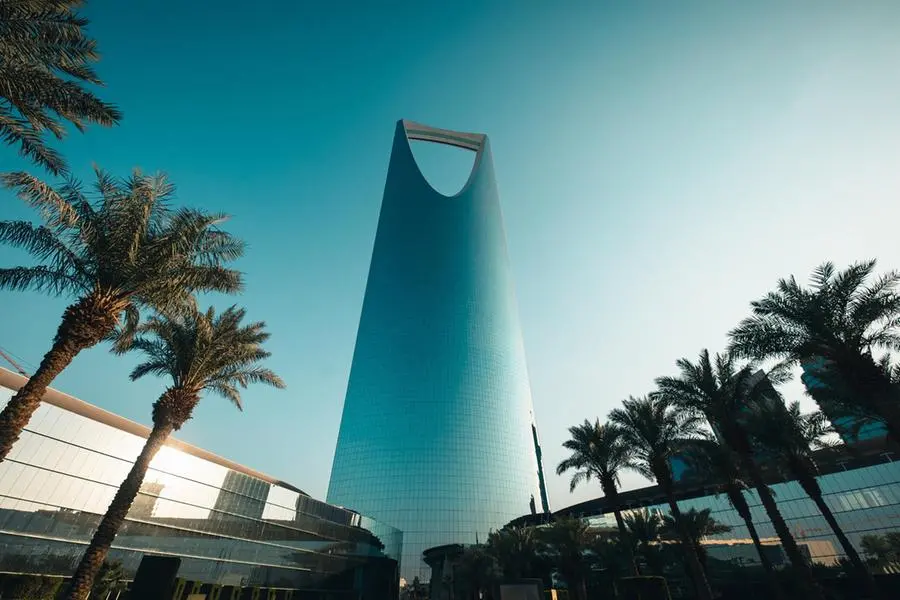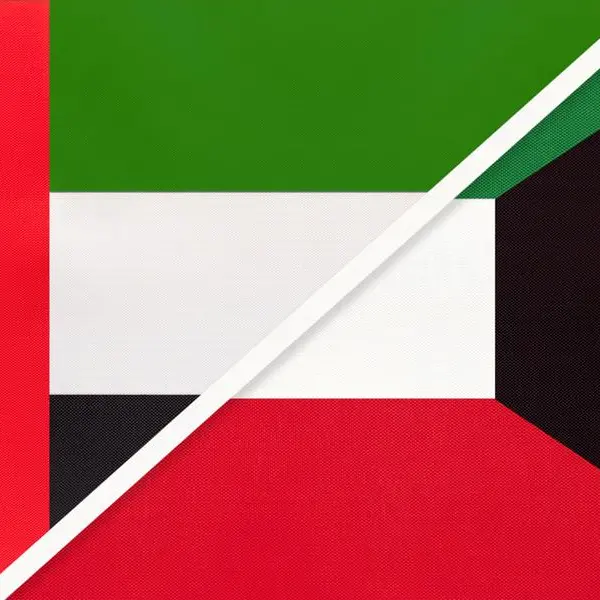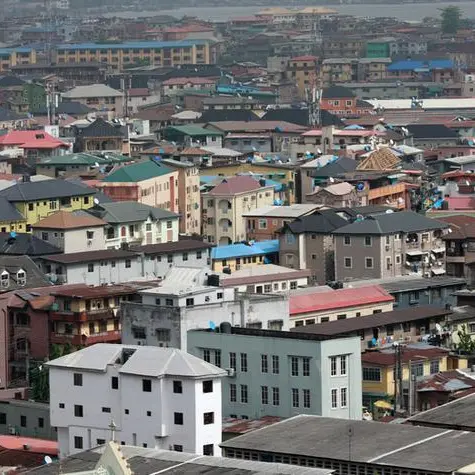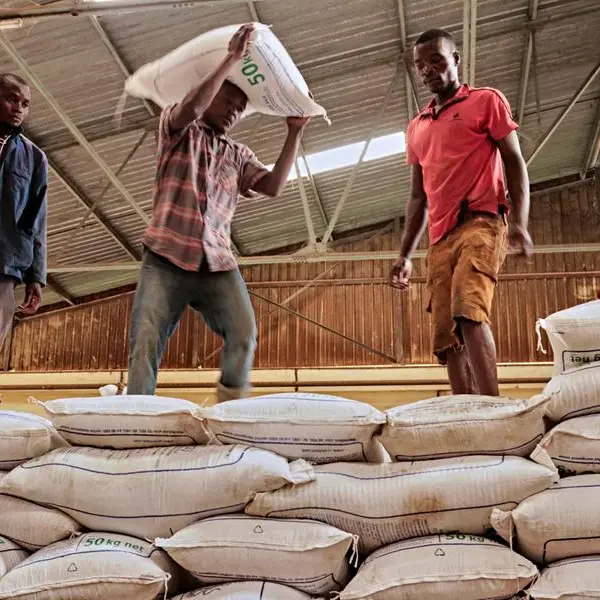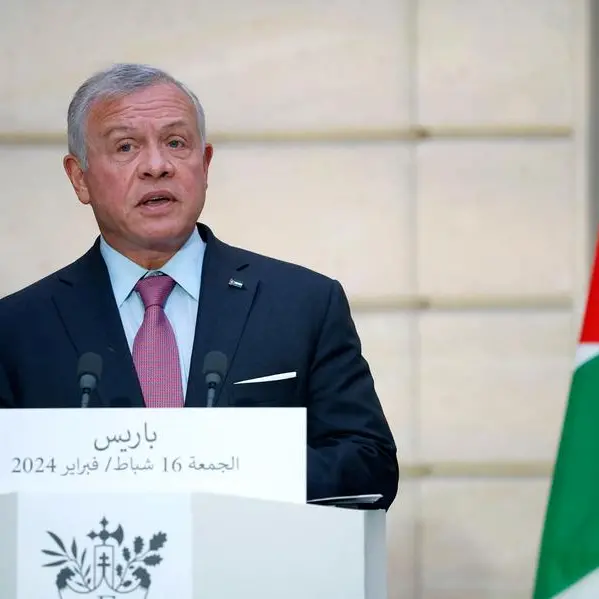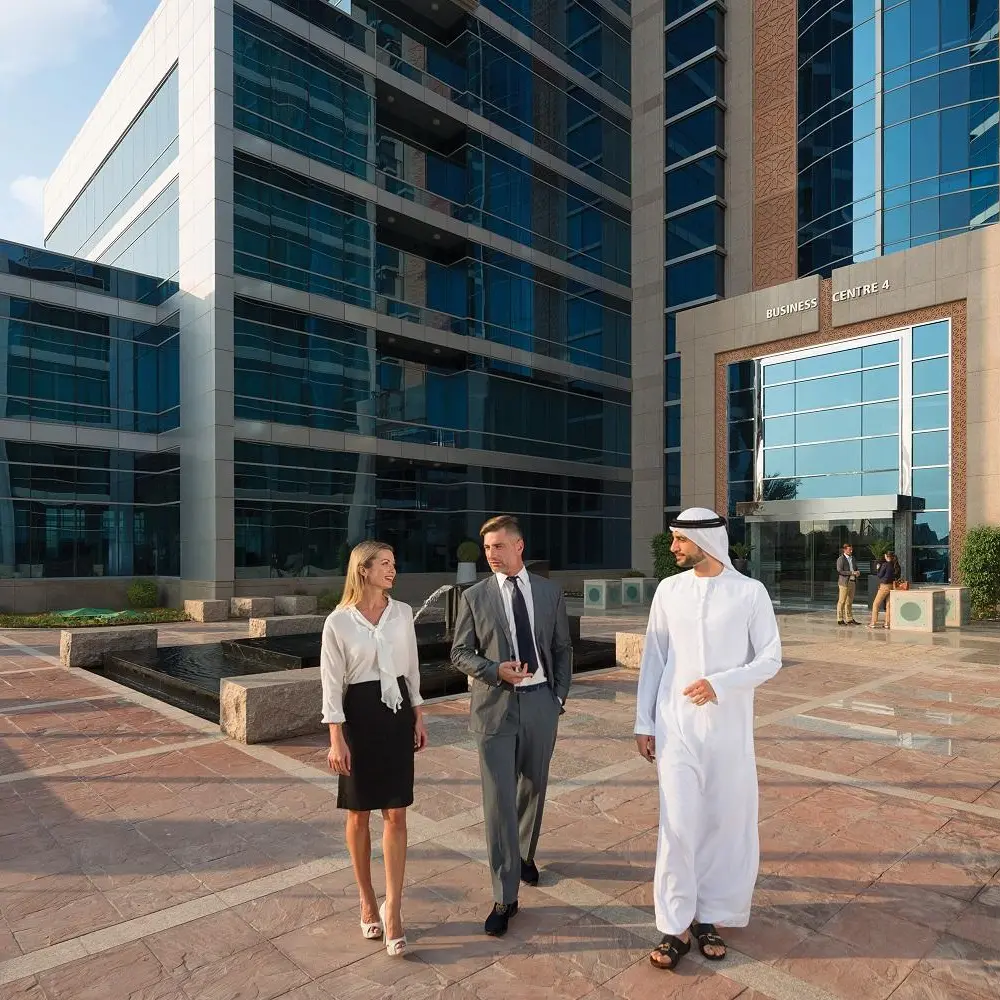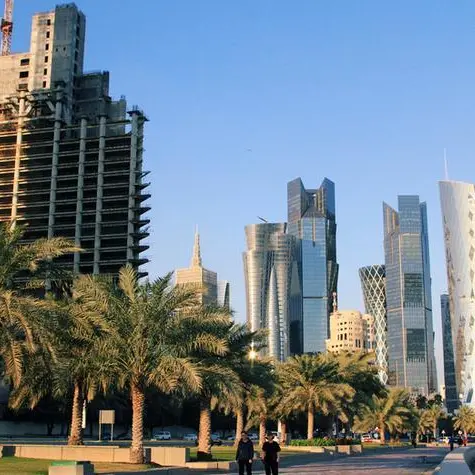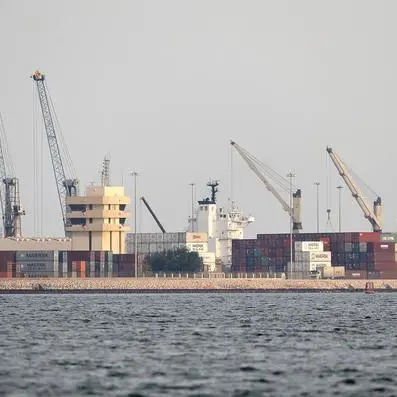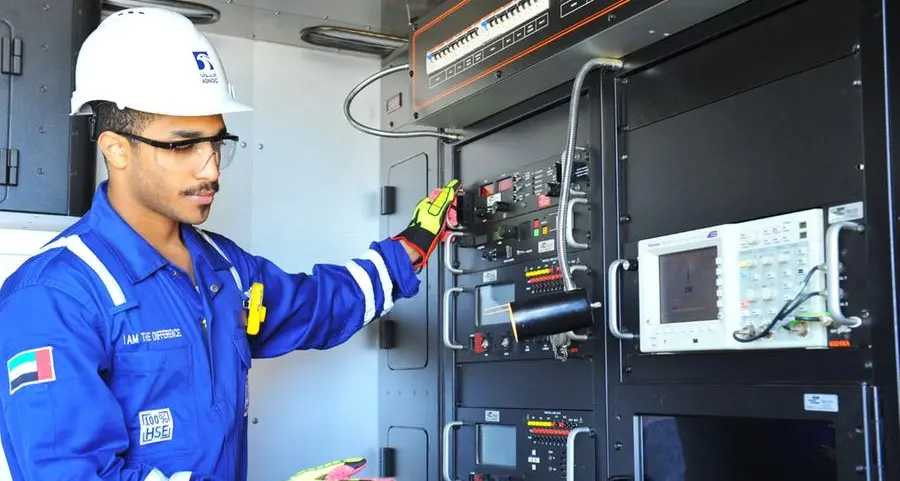PHOTO
Positive FDI factors include an important contribution to gross domestic product growth and debt servicing repayments, additional fixed capital formation and balance of payments inflow, and the generation of foreign exchange revenues by stimulating existing or new markets by FDI partners. In many developing economies, FDI can stimulate employment, raise wages and be a catalyst for infrastructure development and technology transfer.
With so many feel-good factors, what are the objections against FDI besides emotional post-colonial feelings? A key downside of FDI includes a crowding-out effect, where FDI companies can and do dominate local markets, stifling local competition and entrepreneurship, and so-called regulatory arbitrage, where government regulations such as labor and environmental standards are kept artificially low to attract foreign investors. These lower standards, although now under pressure especially on the environmental front, can reduce the short-term operative costs in the country, making FDI more attractive.
The slogan now in Saudi Arabia is that the “Kingdom is open for business,” and there are a variety of reasons why the Kingdom is encouraging FDI as part of its ambitious 2030 program. There is a general consensus that the Kingdom truly needs to make economic reform work.
Giga-projects like the futuristic $500 billion NEOM City and other projects in tourism and renewable energy create opportunities for domestic and international technology cutting-edge investors and FDI partners.
FDI governance and oversight have steadily been strengthened since 2000 when the government of Saudi Arabia enacted the Foreign Investment Law and approved the formation of the Saudi Arabian General Investment Authority. The entity became a one-stop shop, authorized to issue licenses, incorporate new foreign and joint venture companies, and cut through legendry Saudi red tape bureaucracy.
Changes were made to the Foreign Investment Law by SAGIA, reducing the tax brackets from four to two and removing limitations on the number of future years that financial losses can be allocated to companies. Fully or partially owned foreign companies could apply for subsidized loans from the Saudi Industrial Development Fund, and full ownership of the project was granted to the licensed foreign company for land, building, and housing.
With a break from the previous sponsorship, or kafala, system, foreign companies will now be the sponsors of their employees. In essence, the new Foreign Investment Law gave foreign investors the same level of benefits, incentives and guarantees offered to Saudi individuals and companies with the exception of the rate of taxation on profits, but in 2003 this was reduced from 30 to 20 percent on foreign companies’ profits.
Despite all the above incentives, Saudi Arabia has not been successful in attracting FDI to match the size of its economy, and only recently there has been an uptake. By comparison, between 1984 and 1988, FDI to Saudi Arabia was a meager $4.32 billion compared with Singapore’s $51.4 billion, Malaysia’s $36 billion and South Korea’s $14.6 billion. Saudi FDI, on the whole, correlated with periods of geopolitical tensions and lower oil prices. To overcome these perceptions and volatility and open the country to more FDI, the Kingdom plans to approve a set of new draft laws designed to enhance the efficiency and integrity of Saudi Arabia’s judicial system in a step that would eventually lead to an entirely codified law to integrate Saudi Arabia in the modern legal system and encourage FDI.
To reinvigorate Saudi FDI inflows, the Saudi government appointed former Saudi Energy Minister and Aramco CEO Khalid Al-Falih as minister of investments in 2020, with the new ministry replacing SAGIA.
The new Ministry of Investments has quickly moved to articulate its investment principles and policies and the extensive range of investor support it is willing to extend to foreign FDI investors. The ground has been laid for a significant rise in Saudi FDI, and the recent signs are encouraging, with the first quarter of 2021’s total FDI investment in Saudi Arabia reaching SR2,128 billion ($567 billion), of which FDI was 43 percent or SR 913 billion, portfolio investment in the Saudi stock market was 33 percent, and other investments in existing ventures were 24 percent. By comparison, total FDI investment for all three component elements was SR1,040 billion in 2015 and SR1,390 billion in 2018.
The Kingdom has come a long way, with expectations that it will now do better under an experienced minister of investments with key foreign contacts and multiple FDI opportunities for foreign investors.
• Dr. Mohammed Ramady is a former senior banker and professor of finance and economics, King Fahd University of Petroleum and Minerals, Dhahran.
Copyright: Arab News © 2021 All rights reserved. Provided by SyndiGate Media Inc. (Syndigate.info).
